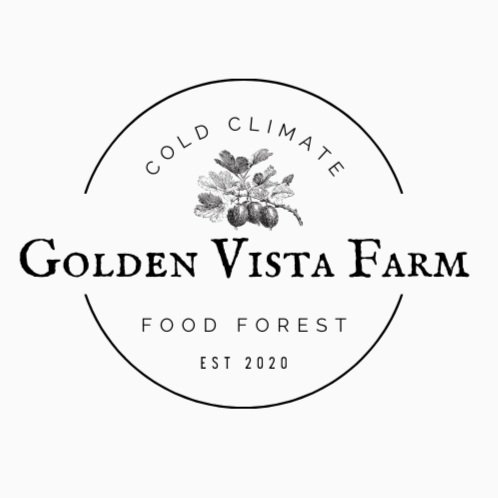Tincture Making 101
I feel very strongly that everyone should learn to make tinctures. :) And so I am going to do what I can to make tincture making seem less daunting. Because, I get it. It's totally freak-a-zoid weird if you've never made one before. I felt totally lost when I first started, too. But trust me. I know several people (including myself) who finally sucked it up, gave it a try and now are totally hooked on tincture making. It's actually slightly addicting. :)
This first lesson in the series will simply be answering a few common questions about tinctures. Each lesson after that will be a little more specific. Feel free to ask me any questions you have! I'm not an expert but I will answer to the best of my knowledge.
What is a tincture?
Very simply put, it is an herbal extract. Tinctures can be made with one or more herbs that have been allowed to soak in some type of liquid for an extended period of time. This releases or "extracts" many of the vitamins and minerals from the herbs into the liquid. The result is a very concentrated extract that is highly nutritious.
What types of liquid can you use?
Vodka
Glycerin
Honey
Vinegar (apple cider)
These are called the menstruum aka the solvent.
What kinds of herbs can you use?
You can use nearly any type of herb (and some spices) to make a tincture. However, it is always wise to do your research and know the medicinal compounds of the herbs you are using. I generally use dried herbs but you can use fresh as well. Keep in mind, though, that if you use fresh herbs you will need to use more than the dried, and you will have to watch for mold growth while it is infusing. Personally, I just use dried because it seems easier to me.
Why make a tincture?
So many reasons, but here are a few:
Tinctures are a great way to get lots of vitamins and minerals into your body on a daily basis.
You control what goes in them.
Create any type of herbal combination that works for your health needs.
Generally speaking, tinctures are quite affordable. Especially if you grow some of the herbs yourself or pick them in the wild.
During the process of tincture making, the nutrients in the herbs are broken down which makes them very easily digested and absorbed by the body.
Tinctures have a long shelf life. The average is 5 years.
Easy to make once you get the hang of it.
How do you take a tincture?
You can either use a dropper and squirt the tincture directly into your mouth, or you can mix it with water or juice. Generally I prefer adding mine to another liquid.
What kind of equipment do you need to get started?
This is the best part about tincture making. Other than the herbs and the menstruum, the equipment is extremely simple.
Glass jars of various sizes with lids (mason jars work great)
Cheese cloth OR clean rags, t-shirts, etc.
Rubberband
Fine mesh strainer
Glass measuring bowl with spout (makes the process easier, but not necessary)
Glass bottles to store the finished tinctures in. Preferably amber bottles so they are protected from the sun. I buy mine from here or here. However, to keep it cheap you can use mason jars. Just be sure to store them out of the sun.
Please note: Glass jars are strongly recommended because plastic can leach nastiness into your brew. On the flip side, some of your nutrients can be leached into the plastic. Either way, glass is your best choice.



